Sachsenhausen Concentration Camp
The site of a concentration camp where inmates were made to take part in one of the largest counterfeiting operations in history is now hauntingly empty.
Whilst many of the Nazi’s concentration camps are instantly familiar through their notorious names, Auschwitz-Birkenau, Dachau, Belsen, and Sobibor amongst them, Sachsenhausen is less well known. What is most chilling about the camp, is its location, hidden away in a suburb just north of Berlin.
Originally situated in an abandoned brewery in Oranienburg, a short train ride from Zoo station, it was home to one of the first concentration camps in 1933. In 1936, Sachsenhausen proper was built using forced labor, and designed by SS architects to be the ideal prototype for future concentration camps. Heinrich Himmler instructed that it was to be a “modern, up-to-date, ideal and easily expandable concentration camp.” It was laid out in the shape of an equilateral triangle, with its prison buildings grouped around a central guard’s tower.
Sachsenhausen wasn’t built with the facilities to carry out mass murder, but it featured guard towers, high walls with barbed wire, and a lethal electric fence, encircling a “death strip.” Any prisoner entering this zone would be shot. Hospital wings were developed for medical testing, rudimentary barracks were created for prisoners, and the main iron gates bore the infamous legend found above many concentration camp gates, “arbeit macht frei” (“work makes you free”). Already the fearsome early hallmarks that would characterize the mass killing factories later created to the East were in place.
Taking the S-Bahn to Oranienburg and disembarking the train, the most startling aspect of the camp today is its proximity to town; this was to be Berlin’s camp. Walking through the snow-covered streets, past plain suburban houses you finally enter a small pine forest that leads to the now silent camp site.
Sachsenhausen was originally created to hold political opponents to the the Nazi party. But by 1945, over 200,000 prisoners had been through the camp, its population expanded and organized in a loose hierarchy. At the top of the pyramid were convicted civilian murderers and Communists; they would wear a red triangle. Below them were homosexuals forced to wear pink; then Jehovah’s witnesses wearing purple; and finally Jews wearing yellow triangles. It’s estimated that over 30,000 were murdered here.
The unfortunate inmates took part in some of the most peculiar forced labor experiments of the war. Sachsenhausen was home to Operation Bernhard, a secret plan devised by the Reich Main Security Office to destabilize the British economy with forged bank notes. Over 140 highly skilled counterfeiters were interred at Sachsenhausen, and forced to use their arts to create over eight million forged notes of English currency, which were to be dropped by airplane over England, in theory ruining the country’s economy. It remains the largest counterfeiting operation in history.
The majority of prisoners were forced to work in a nearby brickwork, creating the base building blocks of what was to be Albert Speer’s vision of the new Berlin; the Welthauptstadt Germania. The centre piece of the planned Thousand-Year Reich, Speer’s Berlin was to be a grandiose redesigning of Berlin to become the World’s Capital, centered around a giant Volkshalle’s Great Dome, and a stadium capable of holding 400,000. Hitler boasted, “as world capital, Berlin, it will only be comparable with Ancient Egypt, Babylon, and Rome! What is London, what is Paris, compared to that!”
Much of the grandiose plans were shelved at the outbreak of the war, but the bricks created in Sachsenhausen began to be used in the only completed building of Speer’s Berlin, the Olympiastadion.
Conditions in Sachsenhausen were horrendous. Medical tests were carried out on twins; others involved cold-water submersion endurance, the effects of mustard gas, and a drug cocktail of cocaine and methamphetamine called D-IX, which was experimented with to create an enhanced performance substance for the armed forces. In the far corner of the camp is a shallow trench lined with wood. Rudimentary in its construction and measuring only 30 feet in length, over 10,000 Russian prisoners of war were murdered here, shot by SS guards standing over the ditch.
Today, much of the camp has been preserved as a permanent memorial to one of the darkest chapters in recent history. Without the notoriety of Auschwitz, and hidden away in a forest just to the north of Berlin, Sachsenhausen doesn’t receive large numbers of visitors. Visiting in March, it was virtually empty. Covered in a blanket of snow, the abandoned camp was eerily silent with the weight of what had happened there; the only sound being the wind blowing through the now-rusted barbed wire.
Community Contributors
Added by
Plan Your Trip
The Atlas Obscura Podcast is Back!




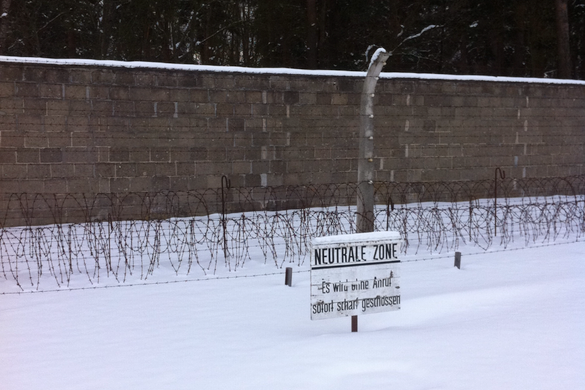
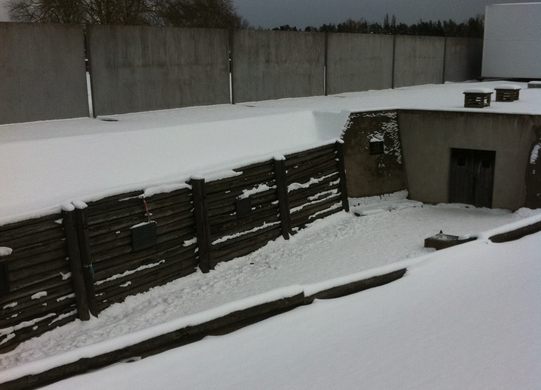








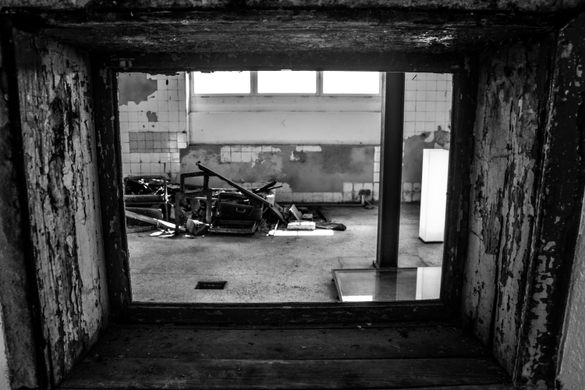
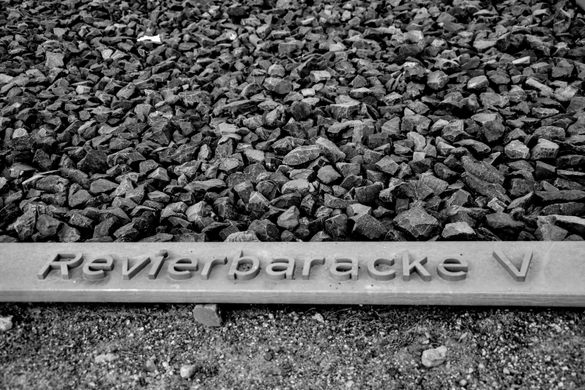
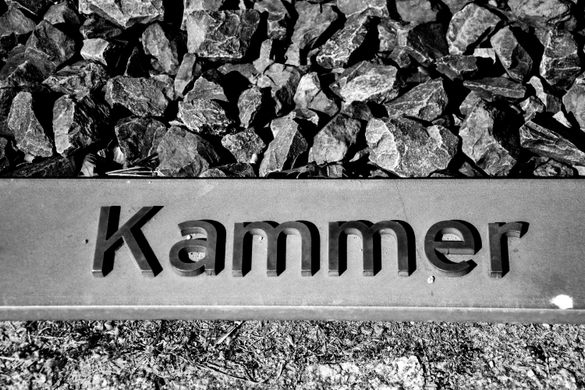


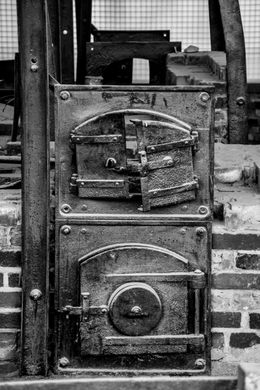
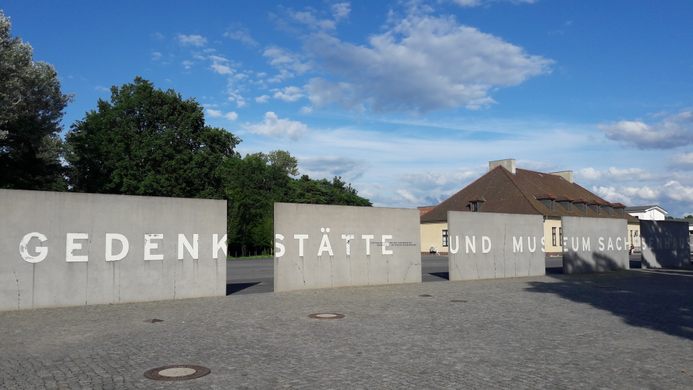
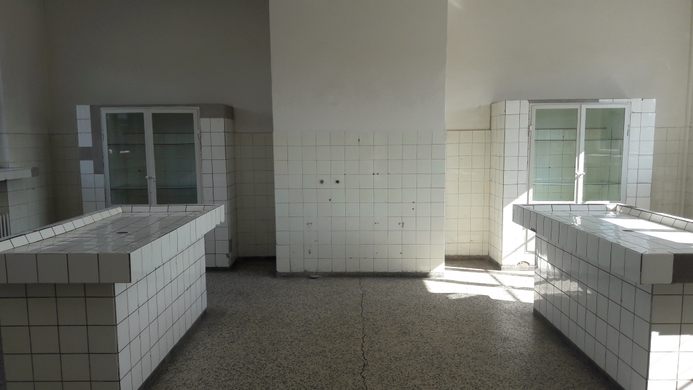
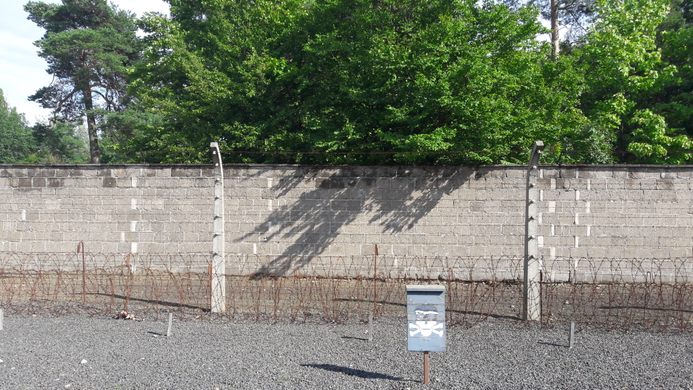

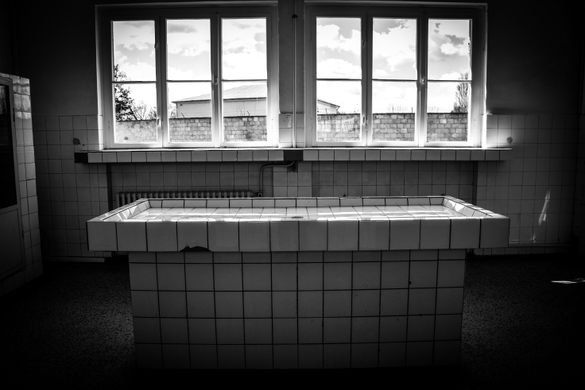
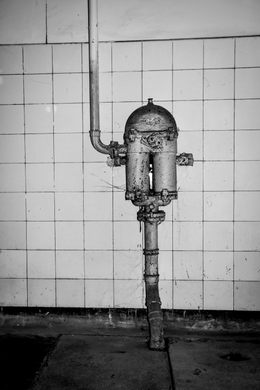





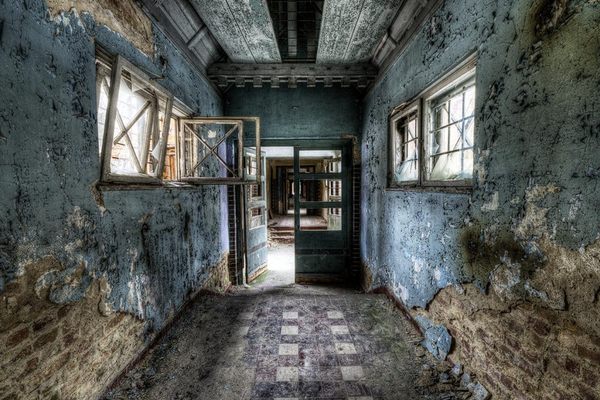


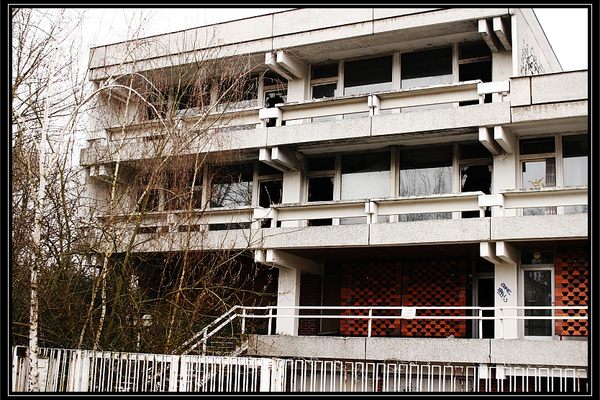
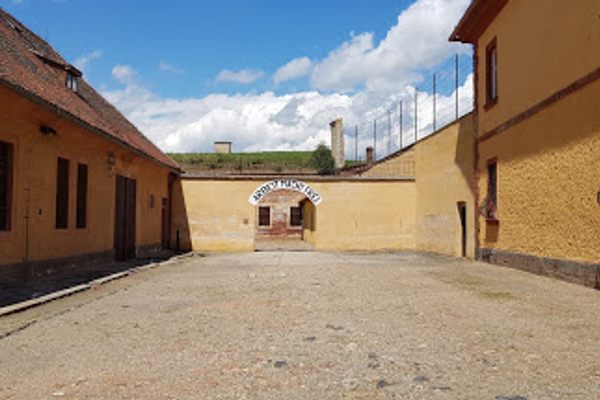
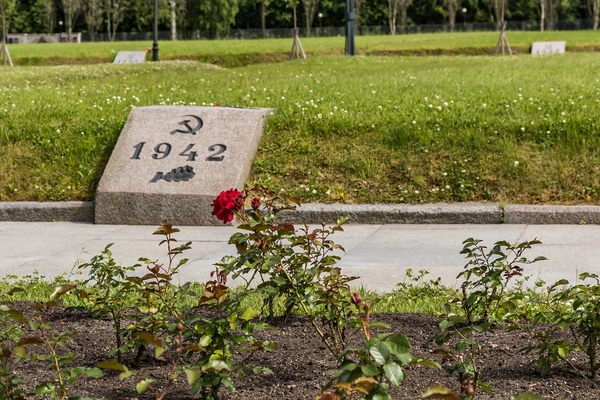



Follow us on Twitter to get the latest on the world's hidden wonders.
Like us on Facebook to get the latest on the world's hidden wonders.
Follow us on Twitter Like us on Facebook